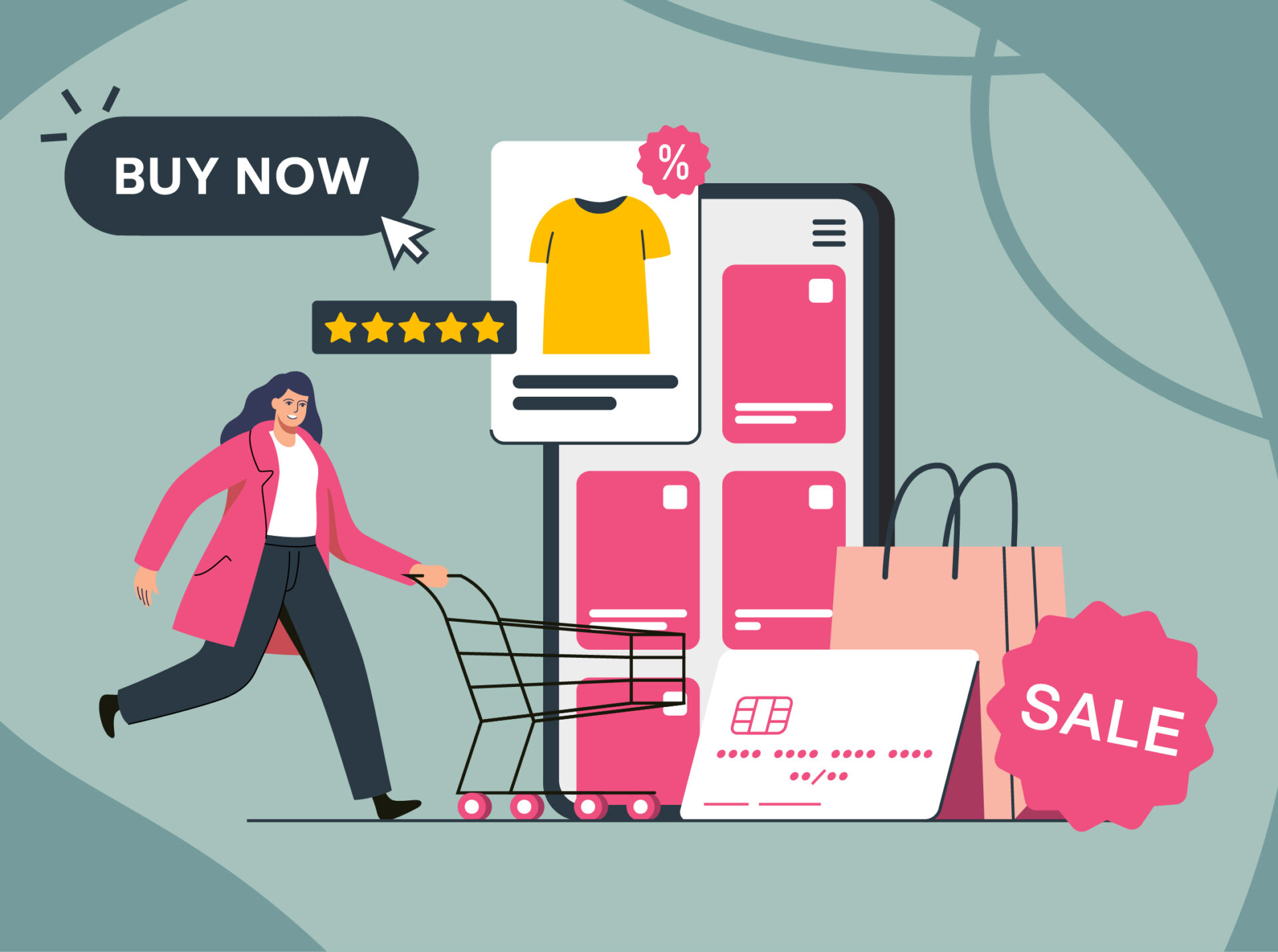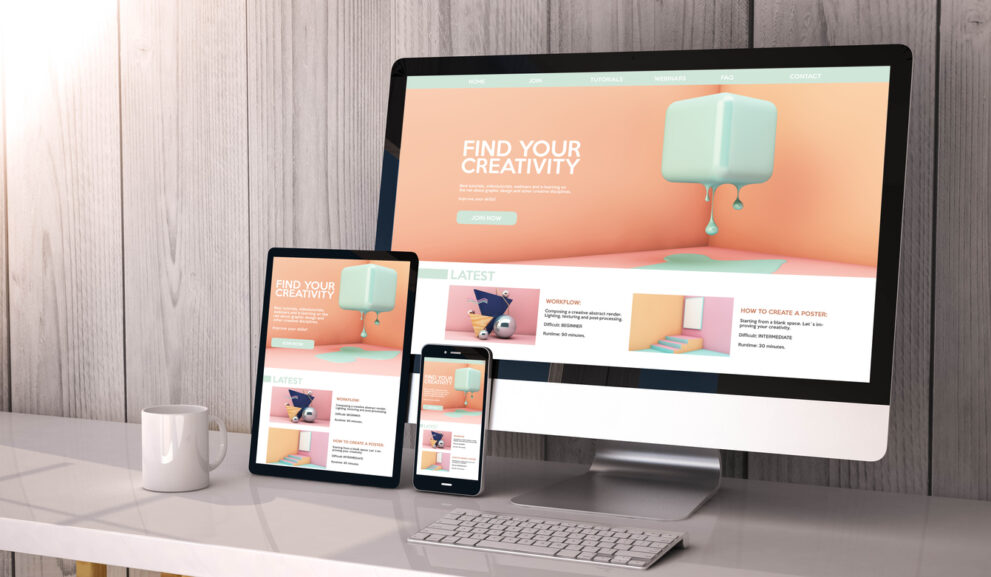
Websites Are More Than An Online Salesman
When we think of a business trying to sell us something, we might think of the car salesman we dealt with who swaggered up to us in the showroom and tried to upsell us everything from the additional tech features to a “Comfort Package.” Or we might think of business owners at a marketplace, who calmly stand there whilst we browse their produce and then feel guilty when we awkwardly walk away without buying anything.
But do we think of websites?
Just because you’re not face-to-face with a human when you’re browsing a website, it doesn’t mean that you’ve escaped the clutches of the sales techniques. But these techniques are less related to that of the care salesman or market owner and instead leverage more psychological techniques to entice you onto the site, through their products and then eventually to the checkout.
How Do Websites Makes Us Buy Their Products?
One of the main techniques that websites adopt when it comes to their design is the use of Colour Psychology. This extends to outside of web design, but is deep-rooted in how decisions are made for designs. Colour Psychology looks at how the use of different colours affects our behaviours, moods and emotions and can be found in our everyday life. We know that when we see a red light we need to stop, or if we see a red sign it indicates danger. Whereas when we see a green sign, it means we can go, or the colour blue can mean calmness or sadness – like when someone says they’re feeling blue.
This type of colour psychology is also adopted in the design of websites and branding and something that designers should keep at the core of their designs. Research found that the colours on a website can be up to 85% of the reason why a user decides to buy from a business.
For instance, websites might avoid the colour red as an accent because, as we mentioned, that indicates danger and could drive people away from the sight. They might instead use shades of blue, as that’s known to be calming and trustworthy, or green that can be energetic, invigorating and natural.
How Does Colour Psychology On Websites Work In Practice
For this example, we’ll take a look at some popular online subscription businesses to see how they’ve adopted colour theory to entice customers to sign up to their packages.
Grind
London-based coffee chain Grind offer a selection of caffeinated products that customers can purchase as a one-off, or save with their subscription packages. But it’s their use of a pastels with black used sparingly as their accent colour that creates the true foundation for a successful site. Pastel colours such as pink, yellow and green are know to make us feel more calm, which is the true goal – no one is going to sign up to a subscription service when they’re stressed! Also, they use their pastel yellow colour alongside the black accent to highlight promotions, which are typically highlighted in bold colours. This gives the user a pressure-free approach to buying their products, which psychologically makes them spend more time on the site.
Lets go back to our car salesman from earlier. Some people are deterred by a salesman approaching you instantly and immediately trying to sell you something – no matter what they’re trying to sell to you, it’s something you’re not interested in. However, when people are given the option to browse at their own leisure, they’re sometimes more likely to make a purchase. This same psychology can be applied to websites. If the designs are using pressure signals, bold colours and sales-heavy copy, it can actually deter the user from buying and lead to them leaving the site without making a purchase.
Butternut Box
Colour Psychology doesn’t mean that you have to use calming, pastel colours throughout your site. In fact, many websites adopt bold colour palettes across their website and their brand with success. For instance, dog food subscription website Butternut Box incorporate a mixture of yellow, orange and blue across their site and their brand.
Like we mentioned before, blue can help a brand look more trustworthy, and when it comes to purchasing something for your pet, you’ll only buy from places you trust. Butternut Box also offer a range of fresh meals in their subscription packages, so the use of pastel yellow and brown tones emphasises the idea of freshness, naturally-derived and healthiness.
Overall, there are many ways that you an utilise colour theory to enhance the conversion rate on your website. It’s crucial to understand the messaging attached to the colours and also what colours are relevant to your business and brand.






